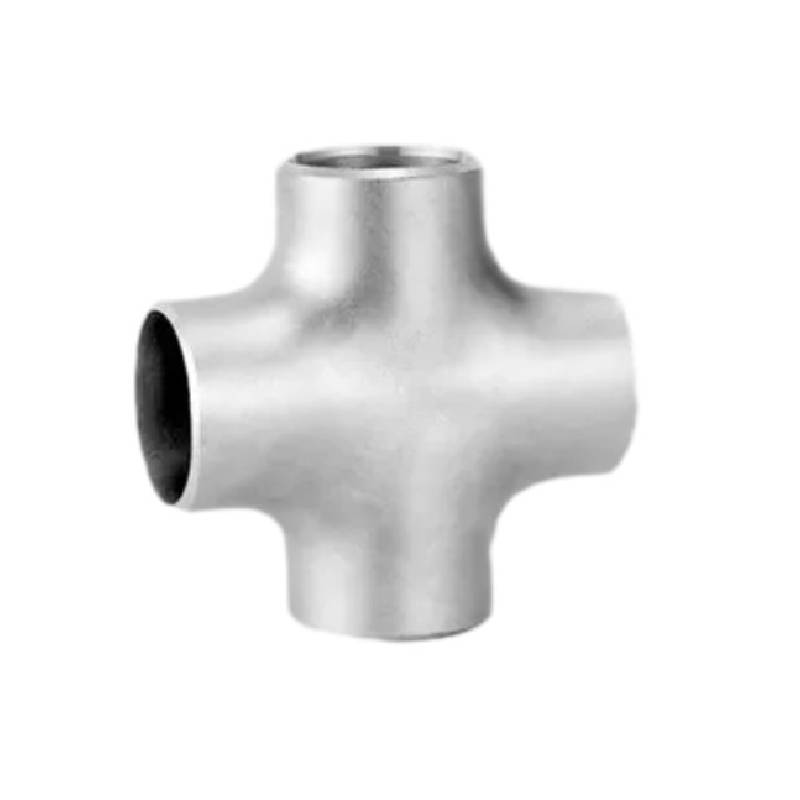-
Cangzhou Yulong Steel Co., Ltd.
-
Phone:
+86 13303177267 -
Email:
admin@ylsteelfittings.com
- English
- Arabic
- Italian
- Spanish
- Portuguese
- German
- kazakh
- Persian
- Greek
- French
- Russian
- Polish
- Thai
- Indonesian
- Vietnamese
- Zulu
- Korean
- Uzbek
- Hindi
- Serbian
- Malay
- Ukrainian
- Gujarati
- Haitian Creole
- hausa
- hawaiian
- Hebrew
- Miao
- Hungarian
- Icelandic
- igbo
- irish
- Japanese
- Javanese
- Kannada
- Khmer
- Rwandese
- Afrikaans
- Albanian
- Amharic
- Armenian
- Azerbaijani
- Basque
- Belarusian
- Bengali
- Bosnian
- Bulgarian
- Catalan
- Cebuano
- China
- China (Taiwan)
- Corsican
- Croatian
- Czech
- Danish
- Esperanto
- Estonian
- Finnish
- Frisian
- Galician
- Georgian
- Kurdish
- Kyrgyz
- Lao
- Latin
- Latvian
- Lithuanian
- Luxembourgish
- Macedonian
- Malgashi
- Malayalam
- Maltese
- Maori
- Marathi
- Mongolian
- Myanmar
- Nepali
- Norwegian
- Norwegian
- Occitan
- Pashto
- Dutch
- Punjabi
- Romanian
- Samoan
- Scottish Gaelic
- Sesotho
- Shona
- Sindhi
- Sinhala
- Slovak
- Slovenian
- Somali
- Sundanese
- Swahili
- Swedish
- Tagalog
- Tajik
- Tamil
- Tatar
- Telugu
- Turkish
- Turkmen
- Urdu
- Uighur
- Welsh
- Bantu
- Yiddish
- Yoruba

oct. . 11, 2024 14:13 Back to list
Exploring Various Flange Types for Industrial Applications and Their Characteristics
Understanding Different Flange Types and Their Applications
Flanges are essential components in various piping and industrial applications, providing a reliable means of connecting pipes, valves, and other equipment. They ensure a secure, leak-proof, and easy-to-disassemble joint, which is crucial in many engineering contexts. This article explores the different types of flanges, their characteristics, and their applications.
1. Weld Neck Flange
Weld neck flanges are characterized by a long tapered neck, which allows the flange to be welded to the pipe, creating a strong and durable connection. This type of flange is particularly beneficial in high-pressure applications because the welded joint helps distribute stress and minimize the risk of fatigue. Weld neck flanges are commonly used in industries such as oil and gas, chemical processing, and power generation.
2. Slip-On Flange
As the name suggests, slip-on flanges are designed to slide over the pipe before being welded in place. They are easy to install and are often used for low-pressure applications. Since the flange fitting over the pipe needs to be accurately turned and aligned, the slip-on design can be a cost-effective solution for many piping systems. Typically made from carbon steel or stainless steel, they find application in various sectors, including water treatment and HVAC systems.
3. Blind Flange
Blind flanges are solid disks with no opening in the center, used to seal the end of a piping system. They are crucial for pressure testing and providing a complete closure for systems during maintenance or inspection. Blind flanges are often used in high-pressure applications and can be made from various materials to suit the specific needs of different environments. Their strength and reliability make them invaluable in industries such as petrochemical and nuclear power.
different flange types

Socket weld flanges are another type of flange that provides a strong joint by having the pipe inserted into the flange socket before welding. This design allows for good alignment and a neat appearance. Socket weld flanges are typically used in small diameter piping systems where space is limited, and they are commonly found in industries dealing with high pressures and temperatures, such as oil and gas.
5. Threaded Flange
Threaded flanges have internal threading that matches the external threads of the pipe. This type of flange does not require welding, making it an ideal choice for applications where welding is not feasible. They allow for easy assembly and disassembly, which can be advantageous in maintenance operations. However, threaded flanges are typically limited to low-pressure applications due to potential leakage issues.
6. Lap Joint Flange
Lap joint flanges consist of a flange that is welded to the pipe while allowing the flange to lap over another component. This design is advantageous in applications requiring frequent assembly and disassembly. The use of the stub end with the lap joint flange allows for easy replacement and maintenance, and they are often used in food processing, pharmaceuticals, and other industries requiring high sanitation levels.
7. Spectacle Blind Flange
Spectacle blind flanges are unique components that can serve as both a blind flange and a spacer. They feature a solid disk (blind side) and a ring (spacer side) connected by a bridge. This design allows for versatile use in pipelines, particularly in situations where routine maintenance is necessary. Spectacle blinds are particularly common in industries that deal with hazardous materials, enabling quick isolation of segments of a system.
Conclusion
Flanges play a vital role in various piping systems, each type offering unique advantages tailored to specific requirements. Understanding the functions and applications of different flange types is essential for engineers and designers as they work to create safe, efficient, and reliable systems. By selecting the appropriate flange type based on pressure, temperature, and material considerations, industries can enhance operational efficiency and ensure the longevity of their piping systems. Whether in oil and gas, water treatment, or chemical processing, the right flange type simplifies maintenance and contributes to overall system integrity.
Latest news
-
ANSI 150P SS304 SO FLANGE
NewsFeb.14,2025
-
ASTM A333GR6 STEEL PIPE
NewsJan.20,2025
-
ANSI B16.5 WELDING NECK FLANGE
NewsJan.15,2026
-
ANSI B16.5 SLIP-ON FLANGE
NewsApr.19,2024
-
SABS 1123 FLANGE
NewsJan.15,2025
-
DIN86044 PLATE FLANGE
NewsApr.19,2024
-
DIN2527 BLIND FLANGE
NewsApr.12,2024
-
JIS B2311 Butt-Welding Fittings LR/SR 45°/90° /180°Seamless/Weld
NewsApr.23,2024











